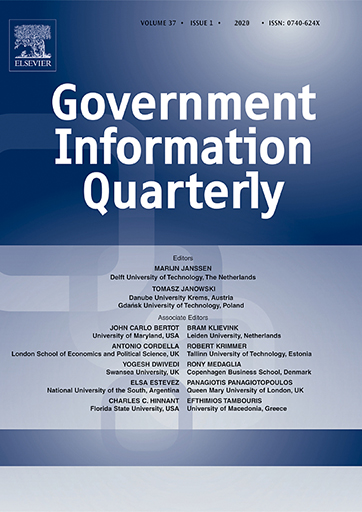Documents List
default Social media adoption by Audit Institutions: A comparative analysis of Europe and the United States Popular
Title: Social media adoption by Audit Institutions. A comparative analysis of Europe and the United States
Authors: Lourdes Torres, Sonia Royo and Jaime Garcia-Rayado
Journal: Government Information Quarterly
Number: Vol. 37, Issue 1 (2020)
Abstract:
Several authors and international organizations have recommended that public sector Audit Institutions use social media (SM) to communicate with and engage stakeholders, but the adoption and use of these tools by Audit Institutions has remained unexplored. This paper analyzes the presence of Audit Institutions in Web 2.0 and SM tools, in the EU and US, at regional and central government level, in order to answer the following research questions: What is the level of adoption of Web 2.0 and SM tools among Audit Institutions? Can any patterns of adoption be identified? What factors are related to the adoption of Web 2.0 and SM tools? What is the main objective of the content published? What is the number of followers and the level of citizen awareness? Results show that the adoption of Web 2.0 and SM tools by Audit Institutions is at an initial stage. There are differences in adoption between Supreme and Regional Audit Institutions, among the different public administration styles, and depending on the population size and level of use of SM and previous levels of transparency at country level. This results in predictable patterns of adoption consistent with path dependencies derived from the institutional context and citizen demands. The number of followers and citizens' awareness is generally low and the contents published rarely aim at encouraging stakeholder participation. Based on these findings, theoretical and practical implications are highlighted.
Highlights
- Half of the institutions analyzed do not use any Web 2.0 or SM tool.
- The level of use is higher among Supreme than Regional Audit Institutions.
- The use of SM is higher in the US than in the EU.
- Citizen demand and previous levels of transparency are related to SM adoption.
- Citizens' awareness is low and the contents rarely aim at promoting interaction

